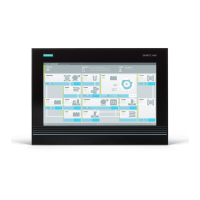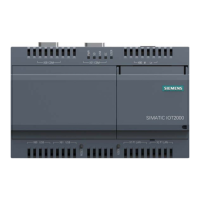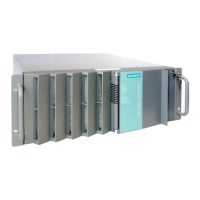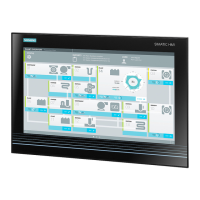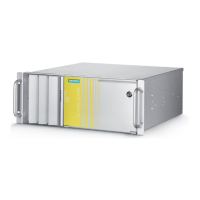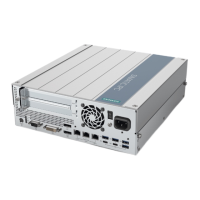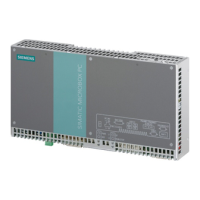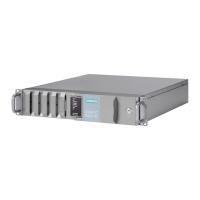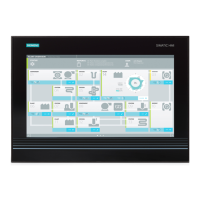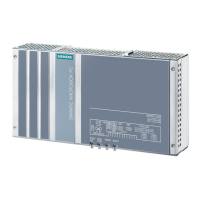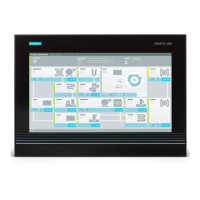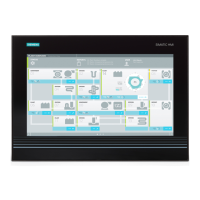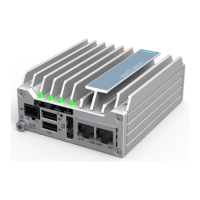What to do if Siemens Industrial PC is not operational?
- RrharrisJul 27, 2025
If your Siemens Industrial PC is not operational, first, check the power supply, power cable, and power plug to ensure they are correctly connected and functioning. Also, verify that the on-off switch is in the correct position. Another potential cause is operation outside of specified ambient conditions; ensure these conditions are within the device's specifications. If the device was transported in cold weather, allow it to warm up for approximately 12 hours before turning it on.
